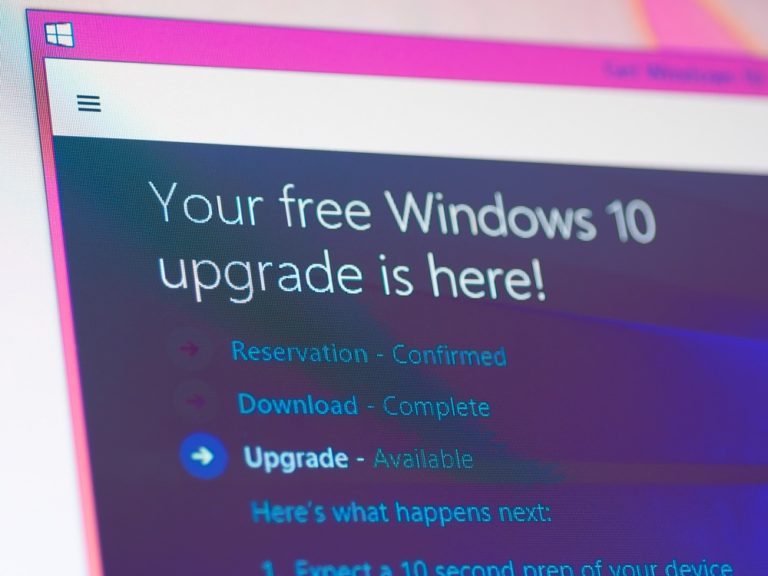Key Takeaways
- Deutsche Lufthansa will cut 4,000 administrative jobs by 2030.
- The airline aims to boost profitability by €300 million per year.
- Operational staff in cockpits and cabins are not affected.
- A strong focus on AI efficiency drives this change.
- The move raises questions about reskilling and job support
Lufthansa’s AI Efficiency Drive
Deutsche Lufthansa plans to streamline support roles in Germany, Austria, and Switzerland. The airline will remove 4,000 administrative positions by 2030. It wants to use AI efficiency and digital tools to handle many routine tasks. As a result, Lufthansa expects to gain €300 million each year. This approach positions the company at the forefront of AI in aviation. Moreover, it follows a broader trend of airlines using technology to cut costs.
What AI Efficiency Means for Jobs
The term AI efficiency refers to using artificial intelligence to perform tasks faster and with fewer errors. Instead of data entry or simple analysis by humans, smart algorithms will take over. This shift improves speed and reduces mistakes. However, it also means fewer admin roles are needed. Lufthansa believes these changes will make internal processes leaner. Yet, workers face uncertainty about new skills and career paths.
How Lufthansa Uses AI
First, Lufthansa will use AI to automate invoice processing. A computer system reads and sorts bills in seconds. Second, the airline will apply machine learning to predict customer queries. This method helps resolve requests before they escalate. Third, chatbots will handle simple HR tasks. They can guide employees on leave policies or payroll questions. Together, these steps illustrate a clear plan for AI efficiency across multiple departments.
Benefits and Challenges
On one hand, Lufthansa will save money and speed up workflows. It can reinvest savings in fleet upgrades and passenger comforts. On the other hand, staff whose roles disappear must find new jobs or learn fresh skills. Some may switch to tech support or data roles. Others might need full retraining. Without strong reskilling programs, workers risk being left behind. Therefore, the airline must balance cost cuts with solid employee support.
Impact on Staff and Training
To support its people, Lufthansa plans training sessions in digital skills. Workshops will cover topics like data analysis and basic coding. In addition, the company will offer online courses to help staff adapt. Mentorship programs will pair experienced employees with digital experts. As a result, many workers can transition into new positions. Nevertheless, the success of these efforts depends on active participation and clear career pathways.
Industry Context and Trends
Across aviation, companies invest heavily in AI and digital upgrades. For example, some carriers use robots for baggage handling. Others employ analytics to optimize flight routes and reduce fuel use. In this setting, Lufthansa’s focus on AI efficiency appears timely and competitive. It shows how airlines can combine cost management with innovation. Yet, the overall industry outlook remains complex due to economic uncertainty and environmental goals.
Why Operational Staff Are Safe
Pilots and cabin crews rely on human judgment and customer interaction. AI cannot easily replace the instinct and empathy needed in emergencies or in-flight service. Therefore, Lufthansa decided to spare these roles. Instead, it concentrates on back-office tasks where automation makes the biggest difference. In turn, this choice preserves flight safety standards and service quality.
Financial Outlook and Profit Gains
By 2030, the airline expects €300 million in additional annual profit. These funds can cover new technology, green initiatives, and improved passenger experiences. Better efficiency in support functions means faster decision-making at the top. Also, fewer errors in financial and HR processes reduce costly delays. Thus, AI efficiency plays a central role in Lufthansa’s financial strategy for the next decade.
Balancing Technology and People
Lufthansa faces the challenge of merging cutting-edge tech with its workforce. It must ensure that automation does not leave employees feeling undervalued. Open communication and clear explanations help ease fears. Regular town halls and feedback sessions will let staff ask questions and share ideas. This approach fosters trust and builds a culture that embraces both AI and human ingenuity.
Looking Ahead
Over the coming years, Lufthansa will likely introduce more AI-driven tools. Future projects may focus on maintenance analytics or personalized customer offers. At the same time, the airline must monitor how these changes affect staff morale and performance. By doing so, it can adjust its plans in real time and maintain a strong, motivated workforce.
Frequently Asked Questions
Why is Lufthansa cutting administrative jobs?
Lufthansa plans to cut these roles to use AI efficiency for routine tasks. This shift aims to boost annual profits by €300 million.
Will pilots and cabin crew positions be reduced?
No. The airline will keep operational staff intact since AI cannot replace human judgment in flight operations and safety.
How will the airline help affected employees?
Lufthansa will offer training programs, online courses, and mentorships. The goal is to reskill workers for new digital roles within the company.
What does AI efficiency mean for the future of airlines?
AI efficiency means faster, more accurate processes in areas like billing, customer service, and HR. This trend may reshape airline jobs and boost competitiveness.










